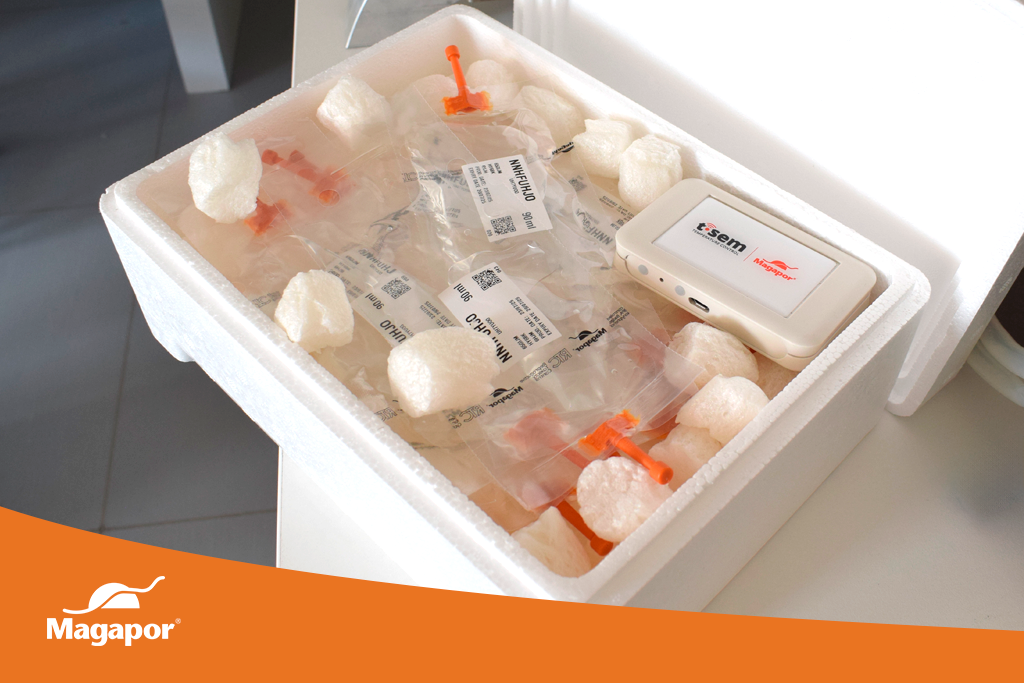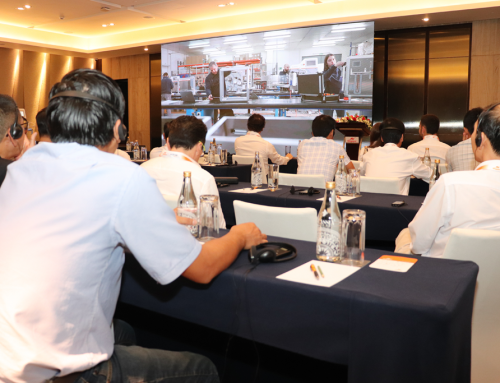Transporting semen doses is a critical phase that often does not receive the necessary attention. Although semen is stored correctly at the insemination centre, its quality can deteriorate if adequate conditions are not maintained during distribution to the farm.
Why is transport a critical issue?
Pig sperm is highly sensitive to temperature changes. The ideal range for preserving its viability is between 15 and 17°C. During transport, doses may be exposed to sudden temperature changes, sunlight, intense vibrations or improper handling. All of this increases the risk of semen quality loss.
In addition, the volume transported also has an influence: if a large volume is transported at high temperatures, the transport chambers are unable to cool them during transport. This causes damage to the semen doses. It is therefore essential that the doses have reached their stabilisation temperature before leaving the centre.
Recommendations for effective transport
To ensure that semen doses arrive in optimal condition, a series of recommendations should be followed:
- Ensure that the doses have reached the storage temperature beforehand.
- Use vehicles or chambers with adequate capacity for the volume being transported.
- Record the temperature continuously using devices such as the T-Sem, which allow any failure in the cold chain to be detected.
- Minimise the time the compartment where the doses are stored is open.
- Avoid prolonged stops or exposure of the vehicle to the sun.
In cases where it is not possible to actively control the temperature, such as when shipping by courier, extreme precautions must be taken:
- Use double-walled polyethylene insulated boxes that are at least 4–5 cm thick.
- Include gel packs at 15–17°C, physically separated from the doses.
- Add foil, polystyrene chips or outer boxes to reinforce insulation.
- Include T-Sem to record the temperature of the shipment.
- Minimise the time between shipment and placement in the storage chamber.
Reception at the farm: an essential step
The last link in the chain is the reception of the doses at the farm, where it is vital to act quickly to avoid breaks in the cold chain. Ideally, delivery should be made to a designated outdoor space (shed or thermal cabinet) that allows the doses to be left without having to enter the farm, thus also protecting biosecurity. In any case, it is important that the doses are transferred to the storage chamber in less than 15 minutes.
The transport of swine semen doses is a crucial phase in preserving semen quality. From the moment the doses leave the insemination centre until they are used on the farm, it is vital to control the transport conditions to ensure the quality of the doses: avoiding temperature fluctuations, reducing vibrations, guaranteeing rapid delivery and maintaining the traceability of the process will allow the semen to arrive in optimal conditions, maintaining fertility and productive efficiency.




